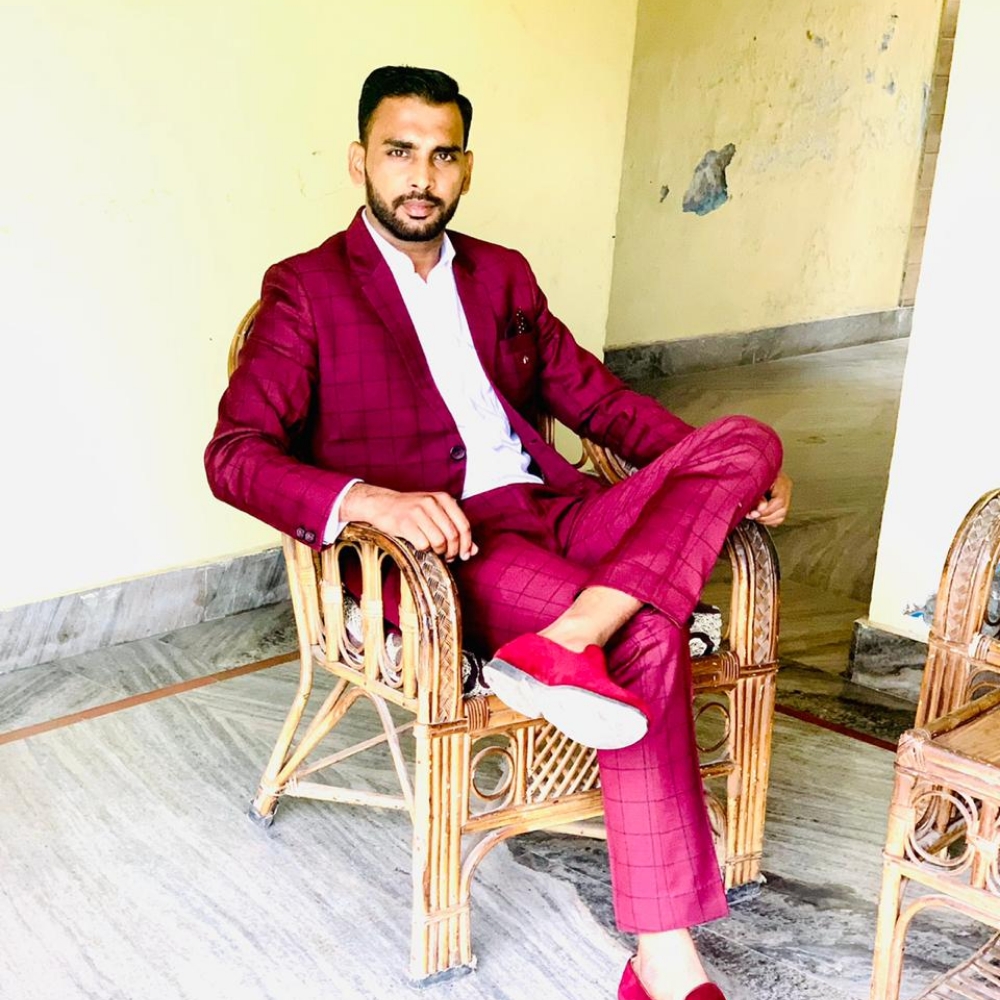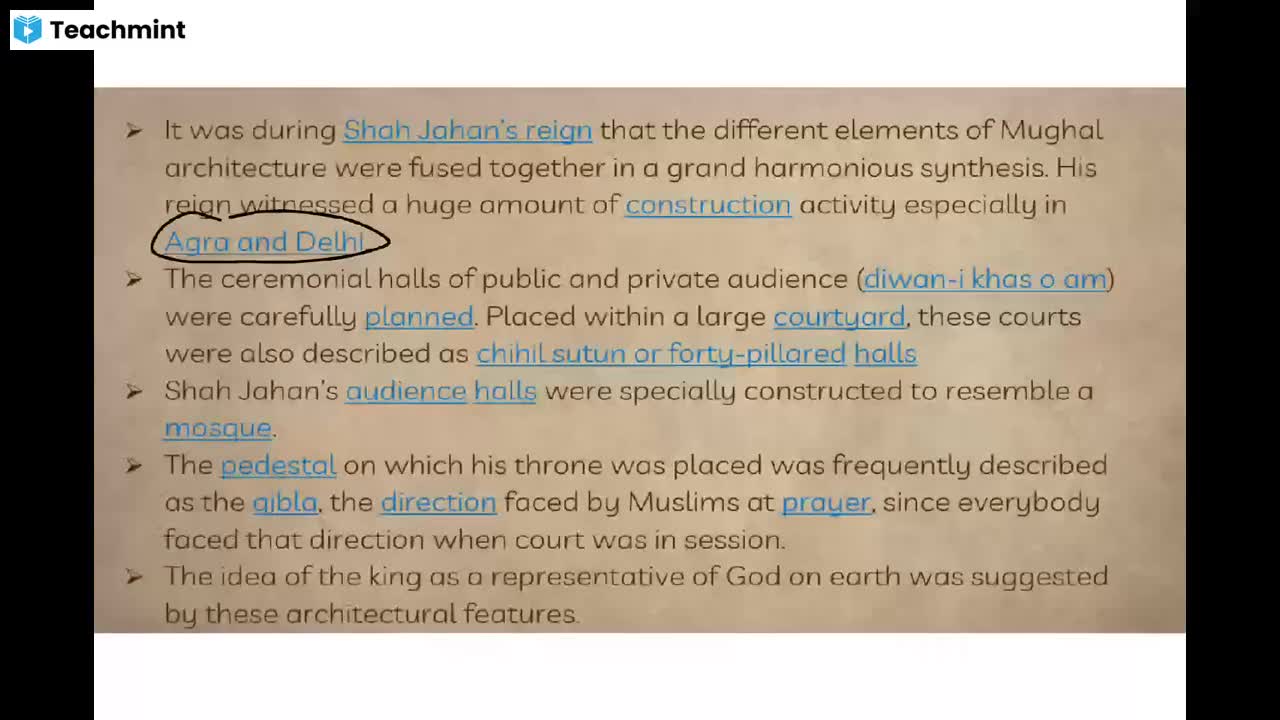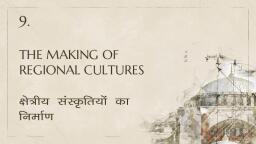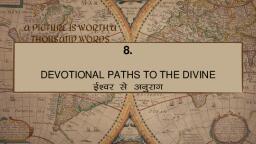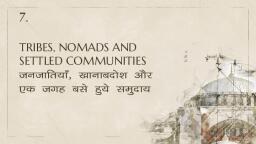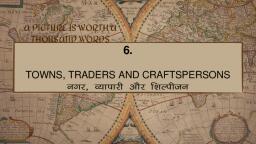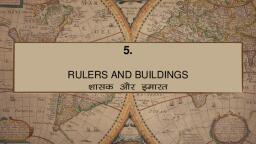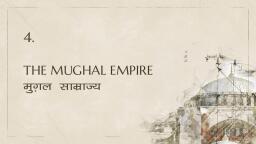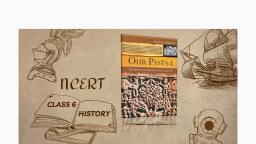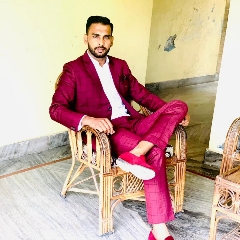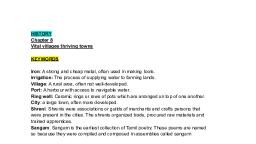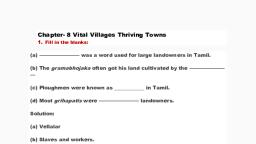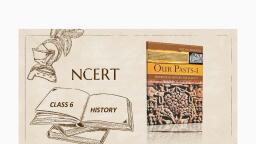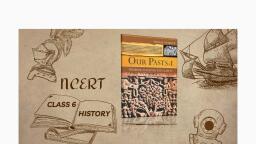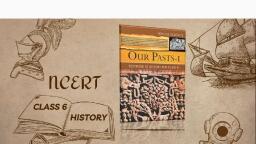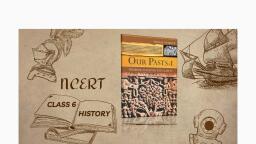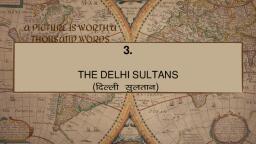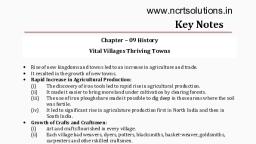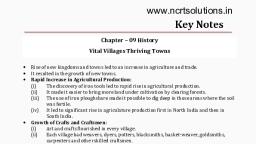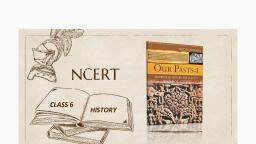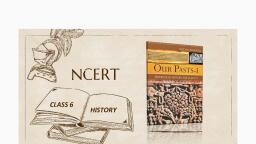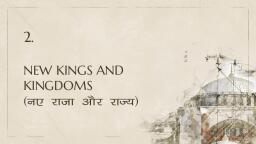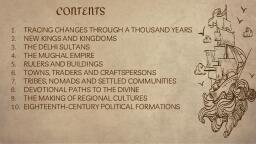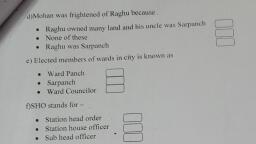Page 2 :
8., VITAL VILLAGES,, THRIVING TOWNS
Page 3 :
OVERVIEW, 1., 2., 3., 4., 5., 6., 7., 8., 9., 10., 4, , IRON TOOLS AND AGRICULTURE, OTHER STEPS TO INCREASE PRODUCTION: IRRIGATION, THE EARLIEST TAMIL COMPOSITIONS, A SCULPTURE FROM SANCHI., FINDING OUT ABOUT CITIES: STORIES, TRAVELLERS,, SCULPTURE AND ARCHAEOLOGY, COINS, CITIES WITH MANY FUNCTIONS, CRAFTS AND CRAFTS PERSONS, A CLOSER LOOK — ARIKAMEDU, ROME
Page 4 :
Iron tools and agriculture, ⬗, ⬗, , The use of iron began in the subcontinent around 3000 years ago., , ⬗, , Around 2500 years ago, there is evidence for the growing use of iron, tools., , ⬗, , These included axes for clearing forests, and the iron ploughshare, , Some of the largest collections of iron tools and weapons were found in, the megalithic burials., , (the ploughshare was useful for increasing agricultural production)., , 5
Page 5 :
Other steps to increase production: irrigation, ⬗ New tools and the system of transplantation increased production, irrigation, was also used., ⬗ Irrigation works that were built during this time included :, canals, wells, tanks, and artificial lakes, , Who lived in the villages ?, ⬗ There were at least three different kinds of people living in most villages, in the southern and northern parts of the subcontinent ., , 6
Page 6 :
⬗ In the Tamil region,, large landowners were known as vellalar,, ordinary ploughmen were known as uzhavar, and, landless labourers, including slaves, were known as kadaisiyar and adimai., In the northern part of the country, the village headman was known as the grama, bhojaka (hereditary). The grama bhojaka was often the largest landowner.., Besides, as he was powerful, the king often used him to collect taxes from the, village. He also functioned as a judge, and sometimes as a policeman., other independent farmers, known as grihapatis, most of whom were smaller, landowners. There were men and women such as the dasa karmakara, who did not, own land, and had to earn a living working on the fields owned by others. In most, villages there were also some crafts persons such as the blacksmith, potter,, carpenter and weaver., 7
Page 7 :
The earliest Tamil compositions, ⬗ Some of the earliest works in Tamil, known as Sangam literature,, were composed around 2300 years ago. These texts were called, Sangam because they were supposed to have been composed and, compiled in assemblies (known as sangams) of poets that were held, in the city of Madurai. The Tamil terms mentioned above are found, in Sangam literature., , 8
Page 8 :
Finding out about cities: stories, travellers, sculpture, and archaeology, Jatakas :- These were stories that were probably composed, by ordinary people, and then written down and preserved, by Buddhist monks., Here is part of a Jataka story, which tells us how a poor man, gradually became rich : The clever poor man, , 9
Page 9 :
⬗ We can use other kinds of evidence to find out about life in some of these, early cities. Sculptors carved scenes depicting peoples’ lives in towns and, villages, as well as in the forest. Many of these sculptures were used to, decorate railings, pillars and gateways of buildings that were visited by, people., , ⬗ Ring well found in Delhi., , 10
Page 11 :
Finding out about cities:, In many cities, archaeologists have found rows of pots, or, ceramic rings arranged one on top of the other. These are, known as ring wells. These seem to have been used as toilets in, some cases, and as drains and garbage dumps. These ring wells, are usually found in individual houses., We have hardly any remains of palaces, markets, or of homes, of ordinary people. Perhaps some are yet to be discovered by, archaeologists. Others, made of wood, mud brick and thatch,, may not have survived., 12
Page 12 :
Finding out about cities: travellers, One of the most detailed accounts that has been found was by an, unknown Greek sailor. He described all the ports he visited., The Story of Barygaza (the Greek name for Bharuch), The gulf is very narrow at Barygaza, and very hard to navigate for, those coming from the sea. local fishermen who were employed, by the king., , 13
Page 13 :
⬗ The imports into Barygaza were :wine, copper, tin, lead, coral, topaz, cloth, gold and, silver coins., , ⬗ Exports from the town included :plants from the Himalayas, ivory, agate, carnelian,, cotton, silk and perfumes., ⬗ Special gifts were brought by merchants for the, king. These included vessels of silver, singing boys,, beautiful women, fine wines and fine cloth., , 14
Page 14 :
Coins, The earliest coins which were in use for about 500 years were, punch marked coins ., Punch-marked coins were generally rectangular, or sometimes square or round in shape,, either cut out of metal sheets or made out of, flattened metal globules (a small spherical body), The coins were not inscribed, but were stamped, with symbols using dies or punches. Hence, they are called punch-marked, coins. These coins are found over most parts of the subcontinent and remained, in circulation till the early centuries CE., 15
Page 15 :
Other means of exchange, As they carry the white paddy of their land, To exchange it for the salt of another,, Crossing the long roads in carts,, Through sands white as moonlight,, Taking whole families, Who hate to be left behind,, The departure of the salt merchants Leaves the city empty., Salt was produced plentifully along the sea coast., 16
Page 16 :
Cities with many functions, Very often, a single town was important for a variety of reasons., example : Mathura, It was important because :it was located at the cross roads of two major routes of travel and trade —, from the northwest to the east and from north to south., There were fortifications around the city, and several shrines., Farmers and herders from adjoining areas provided food for people in the city., Mathura was also a centre where some extremely fine sculpture was produced., 17
Page 17 :
Around 2000 years ago Mathura became, the second capital of the Kushanas., Mathura was also a religious centre — there were, Buddhist monasteries, Jaina shrines, and it was an, important centre for the worship of Krishna., Several inscriptions on surfaces such as, stone slabs and statues have been found in, Mathura.Inscriptions from Mathura mention, goldsmiths, blacksmiths, weavers, basket makers,, garland makers, perfumers., 18
Page 18 :
Crafts and crafts persons, Archaeological evidence for crafts :_, These include extremely fine pottery, known as the, Northern Black Polished Ware (NBPW). It gets its name from the, fact that it is generally found in the northern part of the subcontinent., NBPW is a hard, wheel made, metallic looking ware with a shiny black surface. The, potter used to expose the earthenware to very high temperature in his kiln which, resulted in the blackening of its outer surface. A fine black slip was also applied on, this, which gave the pottery a mirror-like shine., 19
Page 19 :
SHRENIS, Many crafts persons and merchants now formed associations known, as shrenis., These shrenis of crafts persons provided training, procured, raw material, and distributed the finished product., Then shrenis of merchants organised the trade. Shrenis also served as, banks, where rich men and women deposited money. This was, invested, and part of the interest was returned or used to support, religious institutions such as monasteries.
Page 20 :
Rules for spinning and weaving, These rules are from the Arthashastra., They describe how spinning and weaving could be done in workshops under the, supervision of a special official. “Widows, young women who are differently abled,, nuns, mothers of courtesans, retired women servants of the king, women who have, retired from service in temples, may be used for processing wool, bark, cotton,, hemp and flax. They should be paid according to the quality and quantity of work., Women who are not permitted to leave their homes can send maidservants to bring, the raw material from the superintendent, and take the finished work back to him., If a woman does not complete her work, she will have to pay a fine, and her thumbs, can be cut off.”
Page 21 :
A closer look — Arikamedu, Between 2200 and 1900 years ago, Arikamedu was a, coastal settlement where ships unloaded goods from, distant lands., A massive brick structure, which may have, been a warehouse, was found at the site., Roman lamps, glassware and gems have also been, found at the site.
Page 22 :
A closer look — Arikamedu, Other finds include pottery from the Mediterranean, region, such as amphorae (tall double-handled jars that, contained liquids such as wine or oil) and, stamped red-glazed pottery, known as Arretine Ware,, which was named after a city in Italy. This was made by, pressing wet clay into a stamped mould., There was yet another kind of pottery which was made, locally, though Roman designs were used.
Page 23 :
A closer look — Arikamedu, Small tanks have been found that were probably dyeing vats, used to, dye cloth., There is plenty of evidence for the making of beads from semiprecious stones and glass., Tamil-Brahmi inscriptions. Several pieces of pottery, have inscriptions in Brahmi, which was used to, write Tamil.
Page 24 :
Rome, This is one of the oldest cities in Europe, and developed around the same time as, the cities in the Ganga valley.
Page 25 :
Rome, Rome was the capital of one of the largest empires —, one that spread across Europe, North, Africa, and West Asia., Augustus, one of the most important emperors, who, ruled about 2000 years ago, said that he found Rome, a city of brick, and made it into a city of marble., He, and later rulers, built temples and palaces.
Page 26 :
They also built huge amphitheatres — open arenas surrounded by tiers of seats — where, citizens could watch all kinds of shows, and public baths (with separate timings for men, and women), where people met and relaxed., Huge aqueducts — channels to supply water — were built to bring water to the city —, for the baths, fountains and toilets
Page 27 :
TAKEAWAYS, Choose the correct answer:, (a) Ring wells were used for:, 1. bathing, , 2. washing clothes, , 3. irrigation, , 4. drainage, , (b) Punch marked coins were made of:, 1. silver, , 2. gold, , 3. tin, , 4. ivory
Page 28 :
TAKEAWAYS, Choose the correct answer:, (c) Mathura was an important:, 1. village, , 2. port, , 3. religious centre, , 4. forested area, , (d) Shrenis were associations of:, 1. rulers, , 2. crafts persons, , 3. farmers, , 4. herders
Page 29 :
Thanks!, , 30
